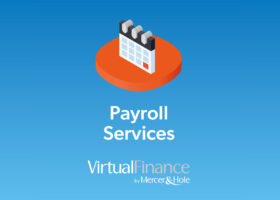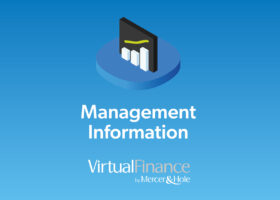In the last year, UK accounting standards have undergone the biggest shake up in decades. Mandatory implementation of Financial Reporting Standard (FRS) 102 is effective for accounting periods commencing on or after 1 January 2015 for medium and large businesses. Therefore, financial statements being prepared to 31 December 2015 will be the first time the standards are adopted for most companies and limited liability partnerships.
As well as new terminology (Income Statement instead of Profit & Loss Account; Statement of Financial Position instead of Balance Sheet), there are a number of differences between the old accounting standards and the new as well as guidance on what you can and can’t do on first-time adoption. In this article, I cover two of the areas that I think are particularly important for owner managed businesses.
Transitional one-off adjustments
Below are opportunities available on first-time adoption that could be worth investigating in relation to fixed assets:
Historically tangible (land & building, plant and machinery etc.) and intangible (goodwill, development costs) fixed assets have been recorded in a company’s books at cost with an option of revaluation. However, if a policy of revaluation was adopted it had to be applied to all assets of the same class (so all plant & machinery or all property). The revaluation had to be kept up to date and be carried out by a suitably qualified person or, for intangible assets, a readily ascertainable market value had to be used.
On first-time adoption to FRS 102 there are two one-off options available:
- The company can elect to measure a tangible or intangible asset (subject to certain criteria) at its fair value on the date of transition and use that fair value as its deemed cost at that date without adopting a policy of revaluation going forward; or
- If a company currently holds assets at a revalued amount it can elect to use the most recent value as deemed cost and no longer have a policy of revaluation going forward. Previous revaluations do not have to be reversed.
As with most opportunities, there is often a downside and in the case of revalued assets under FRS 102, deferred tax must be taken into account. Under the old accounting standards, deferred tax on revalued assets did not have to be recognised if there was no intention to sell them. This is not the case under FRS 102 and a deferred tax liability, being the tax that would become payable if the company was to sell the asset for the revalued amount must be recognised.
Non-trading intercompany loans and loans from directors
The accounting for these types of loans on transition to FRS 102 has understandably received much coverage in the press as it is one of the biggest changes the new standard is introducing. In many cases the terms of intercompany loans or loans from directors / shareholders are informal and with a zero or non-market rate of interest attached to them. Under the old accounting standards, the rules over financial instruments for most companies were kept simple and the amount borrowed or lent was the amount reflected in the company’s financial statements; presentation of the balances in the financial statements was often based on the substance of the transaction rather than the actual terms of the loan.
FRS 102 introduces the concept of valuing these loans at ‘amortised cost using the effective interest method’. The effective interest rate is the rate that exactly discounts estimated future cash payments (or receipts) over the life of the loan to the carrying amount and means an interest charge is recognised systemically over the life of the loan. Where a loan has a market rate of interest, the result is that there is no difference to the current accounting treatment.
Often the reality is that there is no formal agreement in place, interest isn’t charged and because the director or parent company isn’t expecting the loan to be repaid any time soon and has provided written representation to that effect, it has been shown in the accounts as a long term creditor at cost.
Under FRS 102, if the loan is genuinely long-term and interest-free, notional interest needs to be charged. Aside from how a notional rate is arrived at, on transition, the loan will need to be re-presented using the new amortised cost rules. Depending on the circumstances the difference between the amount that will need to be eventually repaid and the amortised cost amount may need to be recognised in equity as a capital contribution.
However, if the loan does not specify any terms, the default would normally be to assume it is repayable on demand. If this is the case, notional interest does not arise. However, the consequence of this is that the company must show the whole loan as a current liability, which could in turn damage the appearance of its balance sheet and cause other unintentional issues, such as impact on external borrowing covenants.
This is clearly a difficult area and groups and directors that may in the past have relied on informal and verbal agreements may be wise to introduce more formal documentation. This would ensure their intentions are reflected in the contractual terms in the accounting and help avoid any unintended negative consequences. Advice should be sought from your adviser to ensure all implications including tax have been fully considered.
This article is a summary of selected areas of FRS 102. Exact interpretations and application of the standard will depend on specific facts. Reading the article is not a substitute for reading the full text of FRS 102.
If you would like to discuss the changes to accounting standards in relation to your circumstances, please get in touch with either Ross Lane, Clare Hopkins or your usual Mercer & Hole contact.







 7 mins
7 mins 

